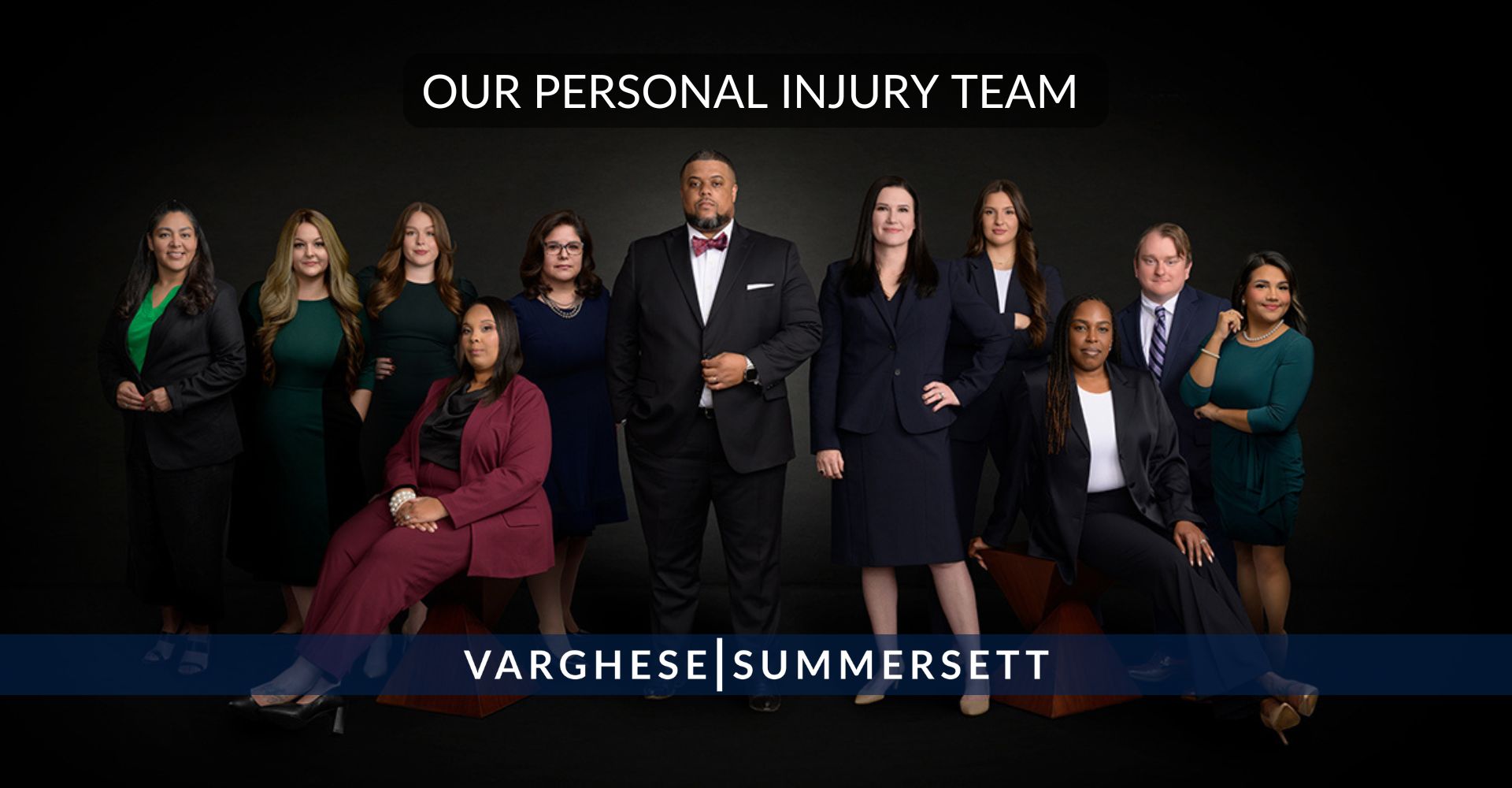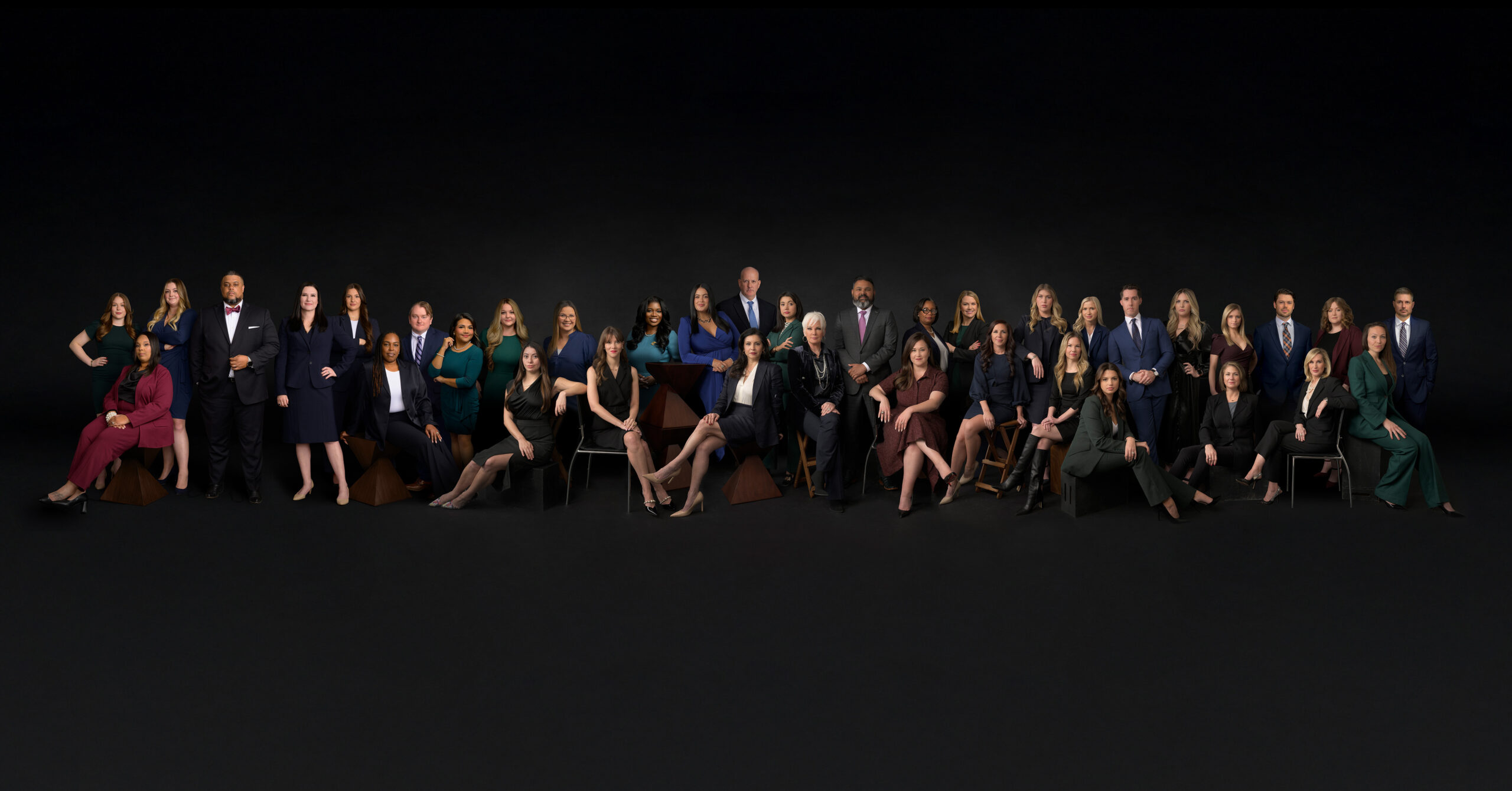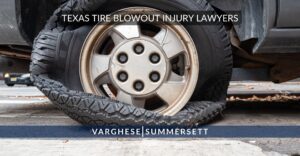Determining fault in a driverless car accident is more complex than traditional crashes because liability can fall on multiple parties: the company operating the autonomous vehicle, the vehicle manufacturer, the human safety supervisor (if present), or third-party software providers.
Unlike a typical car accident, where you pursue the at-fault driver’s insurance, autonomous vehicle crashes in Texas may require claims against corporations with million-dollar liability policies, and establishing negligence often depends on analyzing the vehicle’s digital data logs to prove the autonomous system malfunctioned or failed to prevent the collision.
The rapid deployment of autonomous vehicles in Texas cities has outpaced clear legal precedents. When a Tesla Robotaxi or Waymo vehicle causes a crash, you’re not dealing with a distracted driver who ran a red light. You’re facing questions about algorithm failures, sensor malfunctions, inadequate safety protocols, and whether a human supervisor should have intervened. These cases require specialized legal expertise because proving fault means understanding both Texas negligence law and emerging autonomous vehicle regulations.
Determining who is at fault in a driverless car accident can be complicated. In this article, the personal injury lawyers at Varghese Summersett explain what makes autonomous vehicle crashes legally unique, how liability is determined, and what injury victims must do to protect their rights and recover compensation.

The Current State of Driverless Car Safety in Texas
Autonomous vehicles are not as safe as their manufacturers claim. Recent data from Austin shows Tesla’s Robotaxi service has been involved in at least seven reported crashes since launching operations, with a crash rate nearly double that of competing systems like Waymo’s. These accidents occurred despite Tesla employees serving as in-car supervisors with manual override capabilities.
Safety advocates point to a troubling pattern. Many of these collisions “slipped past” trained human supervisors who were supposed to take control when the autonomous system encountered dangerous situations. The technology’s inability to handle complex real-world scenarios has resulted in crashes involving pedestrians, cyclists, and other vehicles. Texas has recorded more autonomous vehicle crashes involving Tesla vehicles than any other manufacturer, raising serious questions about whether the technology is ready for widespread deployment on Texas roads.
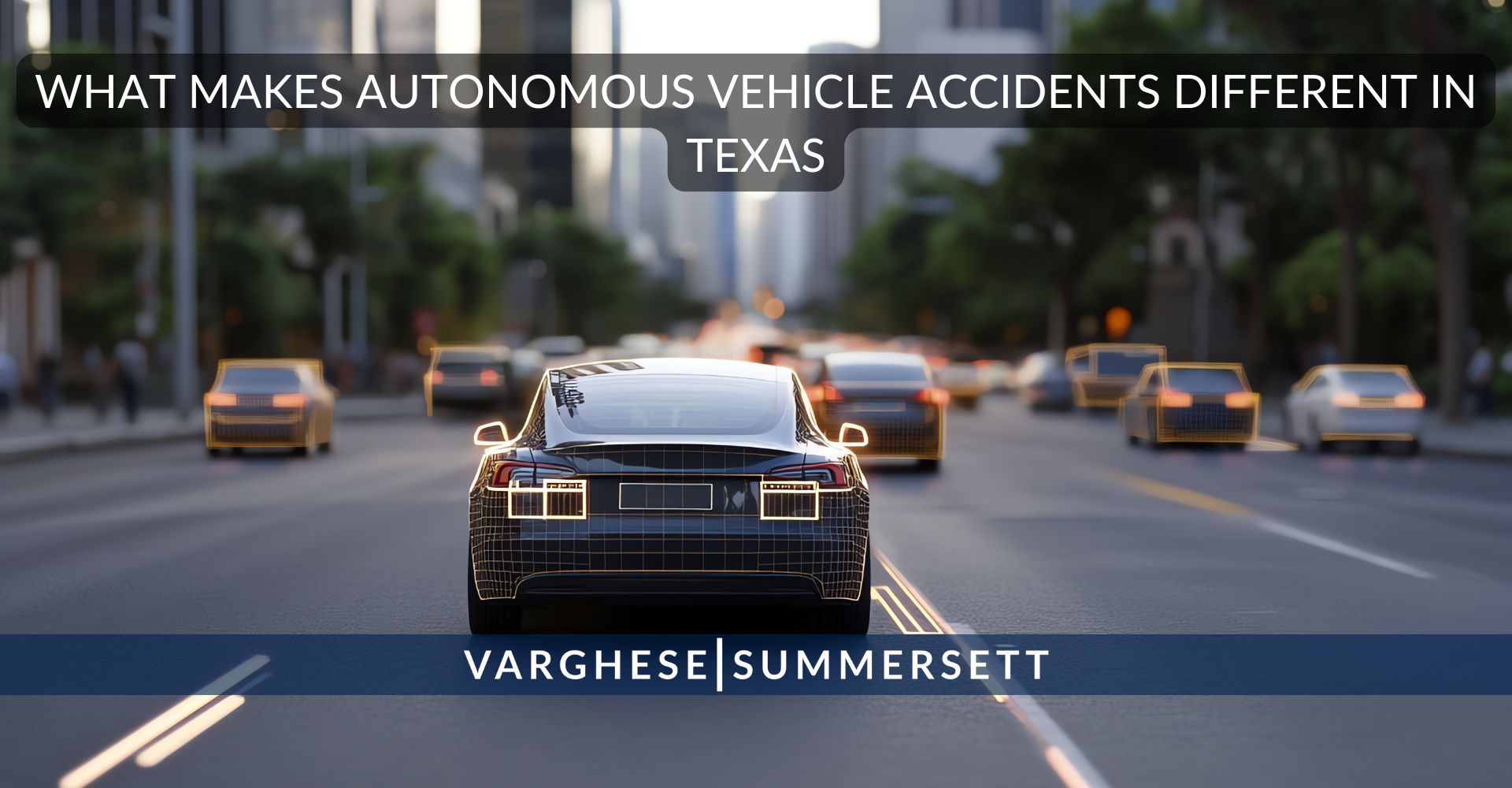
What Makes Autonomous Vehicle Accidents Different in Texas
Texas law treats autonomous vehicle accidents differently from traditional crashes in several critical ways. Under Insurance Code 1954.052, a transportation network company (driver) is engaged in a prearranged ride, the coverage required is at least a million dollars. However, when it is not a prearranged ride, the requirement is $50,oo0 for bodily injury or death per each person.
Texas statutes generally require autonomous vehicle companies to carry the financial responsibility, but determining negligence requires examining whether the autonomous system failed to perform as a reasonably prudent driver would under similar circumstances. This analysis goes beyond typical traffic violations. Your attorney must investigate whether the vehicle’s programming, sensors, or decision-making algorithms were defective or inadequately designed for Texas road conditions.
Another key difference is the evidence. Traditional car accidents rely on witness testimony, skid marks, and damage patterns. Autonomous vehicle crashes generate terabytes of digital data recording everything the vehicle’s sensors detected, every decision the AI made, and every action the vehicle took in the seconds before impact. This data is owned by the technology company and is not automatically available to injury victims. Obtaining this evidence requires legal action, often against well-funded corporations with teams of lawyers protecting their proprietary information.
Who is at fault in a driverless car accident becomes especially complex when the vehicle’s data shows conflicting inputs or moments where intervention could have prevented the crash. Legal teams must dig deep into that data to determine the chain of decisions that led to the incident.
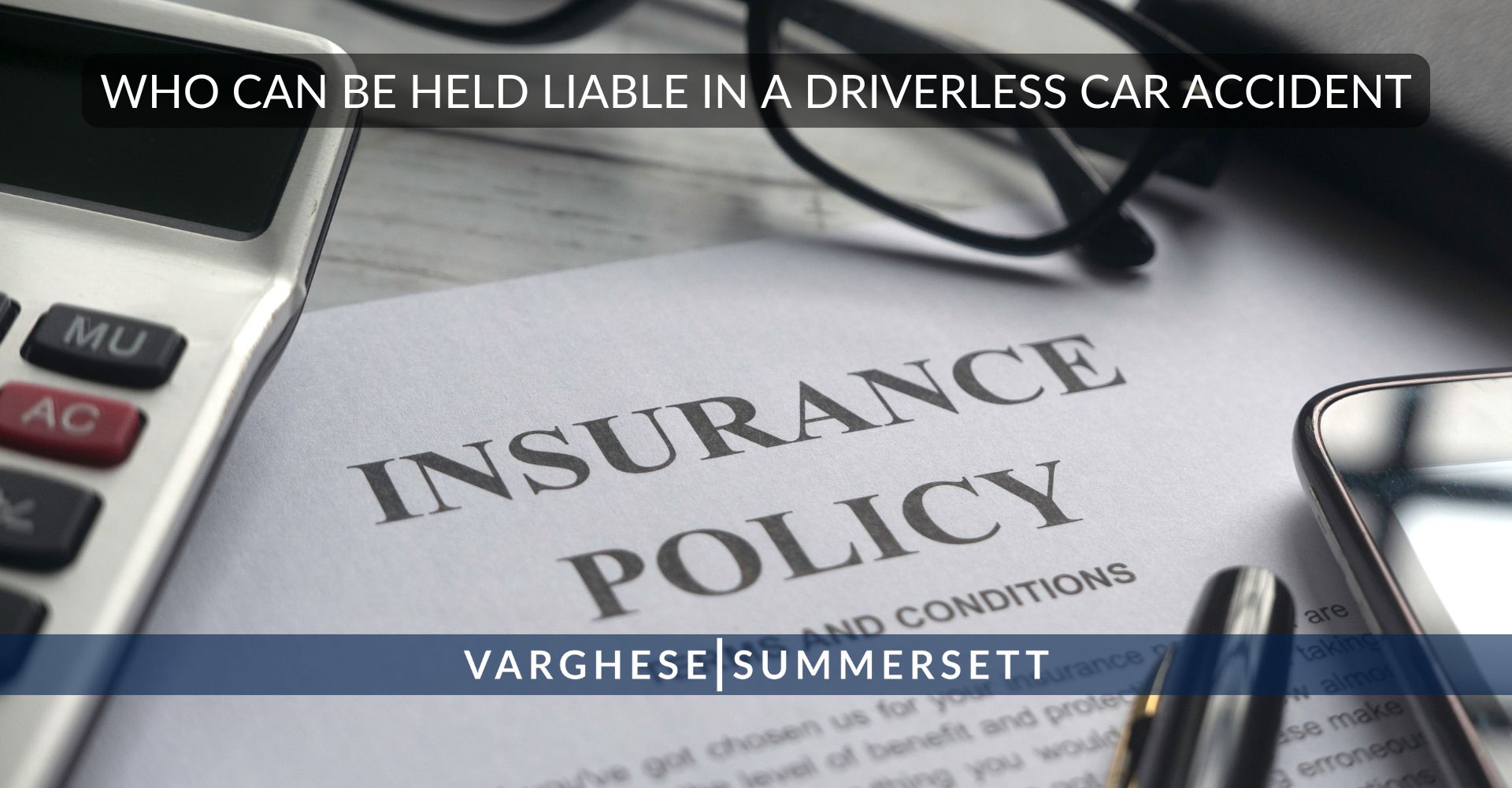
Who Can Be Held Liable in a Driverless Car Accident
Texas law allows you to pursue multiple parties for compensation after a driverless car accident. The responsible parties depend on what caused the collision. Here’s a look at some of the parties who could be held accountable, depending on the facts and circumstances of the crash.
The Autonomous Vehicle Operating Company
Companies like Tesla, Waymo, Cruise, or any ride-share service deploying autonomous vehicles carry substantial liability insurance in Texas. If you are injured by one of their vehicles, your first claim is typically against this company’s insurance policy. These corporations are considered the vehicle’s operator under Texas law, making them responsible for crashes caused by their autonomous systems. The $1 million minimum coverage requirement exists precisely because legislators recognized these companies bear primary responsibility for their technology’s failures.
The Vehicle Manufacturer
If a defect in the vehicle’s hardware contributed to the crash, you may have a product liability claim against the manufacturer. This could involve faulty sensors that failed to detect your presence, brake systems that didn’t respond to the autonomous system’s commands, or steering mechanisms that malfunctioned. Texas product liability law under Texas Civil Practice and Remedies Code Chapter 82 allows victims to recover damages when a product defect causes injury. In autonomous vehicle cases, proving a manufacturing defect often requires expert testimony about how the vehicle’s components should have performed versus how they actually functioned during the crash.
Human Safety Supervisors
Some autonomous vehicles operate with human supervisors who can take manual control. If a supervisor was present but failed to intervene when a reasonable person would have recognized the danger, that individual may share liability. However, these cases are complicated. The supervisor’s employer (usually the operating company) will argue the supervisor acted within the scope of their employment, making the company liable under respondeat superior principles. Your attorney must determine whether the supervisor’s negligence was so egregious it broke this chain of liability —and again, who is at fault in a driverless car accident may come down to whether the human or the machine failed first.

What to Do If You’re Hit by an Autonomous Vehicle
Your actions immediately after an autonomous vehicle crash can determine whether you recover fair compensation. These cases move quickly, and evidence disappears if you don’t act fast.
- Get medical attention immediately, even if you feel fine. Autonomous vehicle crashes can cause serious injuries that don’t show symptoms for hours or days. Documenting your injuries from the moment of impact creates a clear medical record linking your condition to the accident. Insurance companies for autonomous vehicle operators will look for any reason to deny your claim, and delayed medical treatment gives them ammunition to argue your injuries weren’t serious or weren’t caused by the crash.
- Call law enforcement to the scene. You need an official police report that documents the crash, identifies the autonomous vehicle and its operating company, and records witness statements. Police reports carry significant weight in Texas injury claims. Without one, insurance adjusters may dispute basic facts about how the collision occurred.
- Document everything you can at the scene. Take photographs of the autonomous vehicle from multiple angles, capturing any visible identification numbers, company logos, or sensor arrays. Photograph the crash scene, including traffic signals, road conditions, and the final positions of all vehicles. Get contact information from any witnesses who saw the crash happen. This evidence becomes critical when the technology company claims their system functioned properly. These details help your attorney answer the key question: Who is at fault in a driverless car accident, and how do we prove it?
- Do not give any statements to the autonomous vehicle company’s representatives without speaking to an attorney first. These companies send representatives to crash scenes quickly, often offering immediate settlements in exchange for signing away your legal rights. Their goal is to minimize their liability before you understand the full extent of your injuries or the strength of your legal claims.
- Contact an attorney who handles autonomous vehicle accidents as soon as possible. These cases require immediate legal action to preserve evidence, especially the vehicle’s data logs. Companies can and will overwrite this digital evidence unless your attorney takes legal steps to preserve it. The longer you wait, the harder it becomes to prove what really happened.
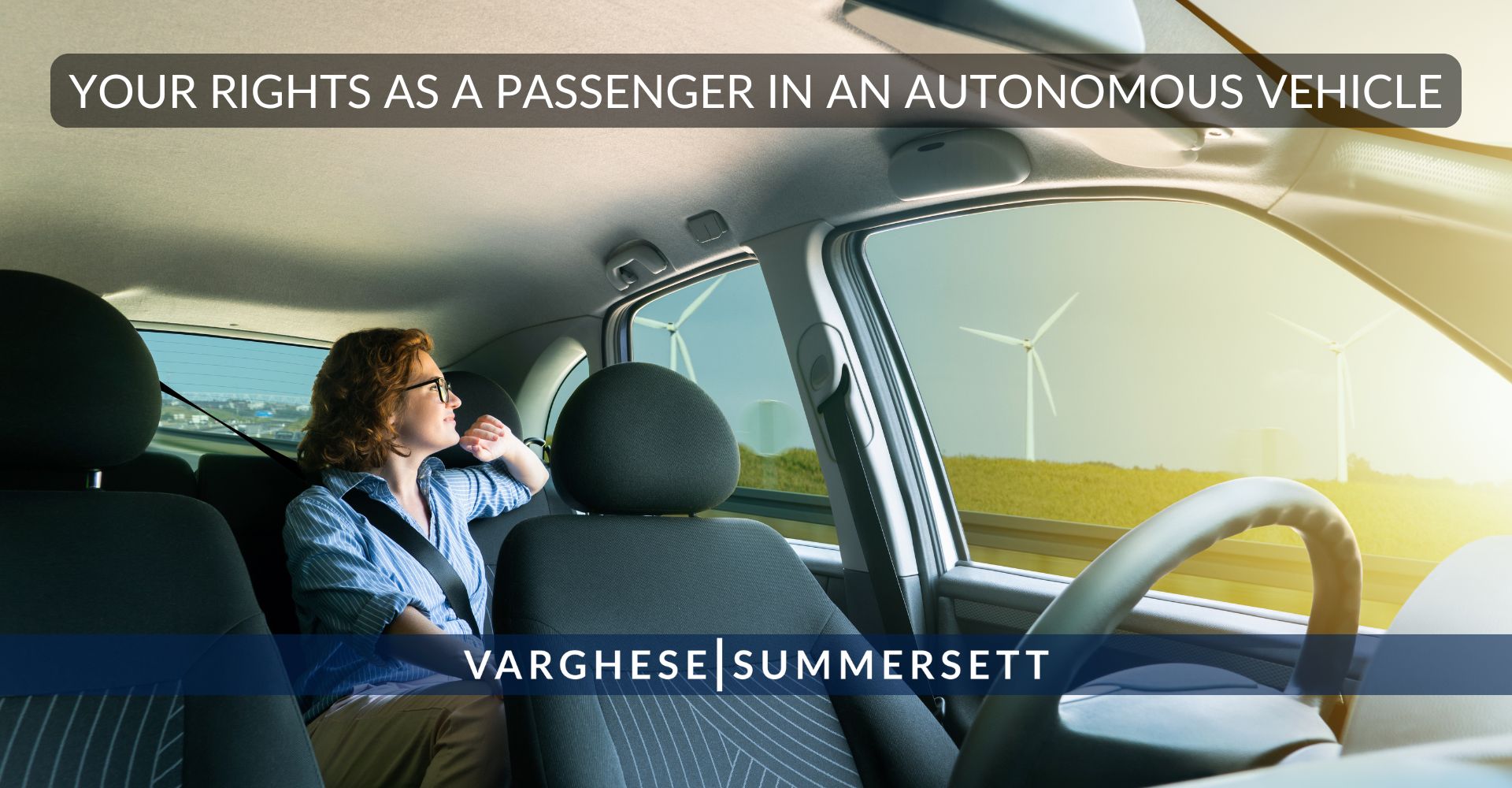
Your Rights as a Passenger in an Autonomous Vehicle
If you were riding in an autonomous vehicle when it crashed, you have the same rights to compensation as anyone else injured by the vehicle. Texas law does not distinguish between passengers and other victims when determining who can recover damages. You simply file your claim against the autonomous vehicle company’s insurance policy.
Your claim covers all damages caused by the crash: medical expenses, lost wages, property damage, pain and suffering, and any permanent disabilities or disfigurement. The $1 million minimum insurance coverage these companies carry should be sufficient for most single-victim crashes, but serious injuries or crashes involving multiple victims can exceed this amount. If your damages surpass the insurance policy limits, you may need to file a lawsuit directly against the company for the remaining compensation.
The company cannot force you to accept their initial settlement offer. Insurance adjusters routinely lowball injury victims, particularly in cases involving new technology where victims don’t know what their claims are worth. You have the right to reject inadequate offers and demand full compensation for your injuries.
Your attorney can subpoena the vehicle’s data logs to establish what went wrong. This digital evidence often reveals critical facts the company won’t voluntarily disclose: that the autonomous system detected the hazard but failed to respond appropriately, that sensors weren’t functioning correctly, or that the system made decisions no reasonable driver would make. This data can mean the difference between a minimal settlement and full compensation for your injuries.
In multi-vehicle crashes, you may have claims against other drivers if their negligence contributed to the collision. Just because an autonomous vehicle was involved doesn’t mean it was solely at fault. Your personal injury attorney should investigate all potential sources of recovery to maximize your compensation.

Building Your Case After a Driverless Car Accident
Autonomous vehicle injury cases require more extensive investigation than traditional car accidents. Your attorney must obtain and analyze technical evidence that most personal injury lawyers have never encountered.
The vehicle’s event data recorder is the most critical piece of evidence. Like an airplane’s black box, this system records everything the autonomous vehicle’s sensors detect and every action it takes. The data shows whether the vehicle saw you before the crash, how fast it was traveling, whether it attempted to brake or swerve, and what the autonomous system decided to do in the seconds before impact. This information either proves that the system malfunctioned or reveals that it performed exactly as designed but still caused the crash.
Your attorney may need to hire expert witnesses who understand autonomous vehicle technology. These experts can review the data logs, examine the vehicle’s programming, and testify about whether the system met industry safety standards. Expert testimony becomes essential when the technology company argues that their vehicle functioned perfectly and blames you for the accident.
Medical documentation must clearly link your injuries to the crash. Autonomous vehicle companies defend these cases aggressively, often hiring medical experts to claim your injuries were pre-existing or resulted from something other than the collision. Your doctors need to provide detailed records showing how the crash caused specific injuries and how those injuries have affected your life.
Financial records prove your economic damages. Collect all medical bills, pharmacy receipts, and documentation of any medical equipment or home modifications you needed because of your injuries. If you missed work, get written confirmation from your employer showing lost wages and any reduction in earning capacity. These records demonstrate the concrete financial impact the crash has had on your life.
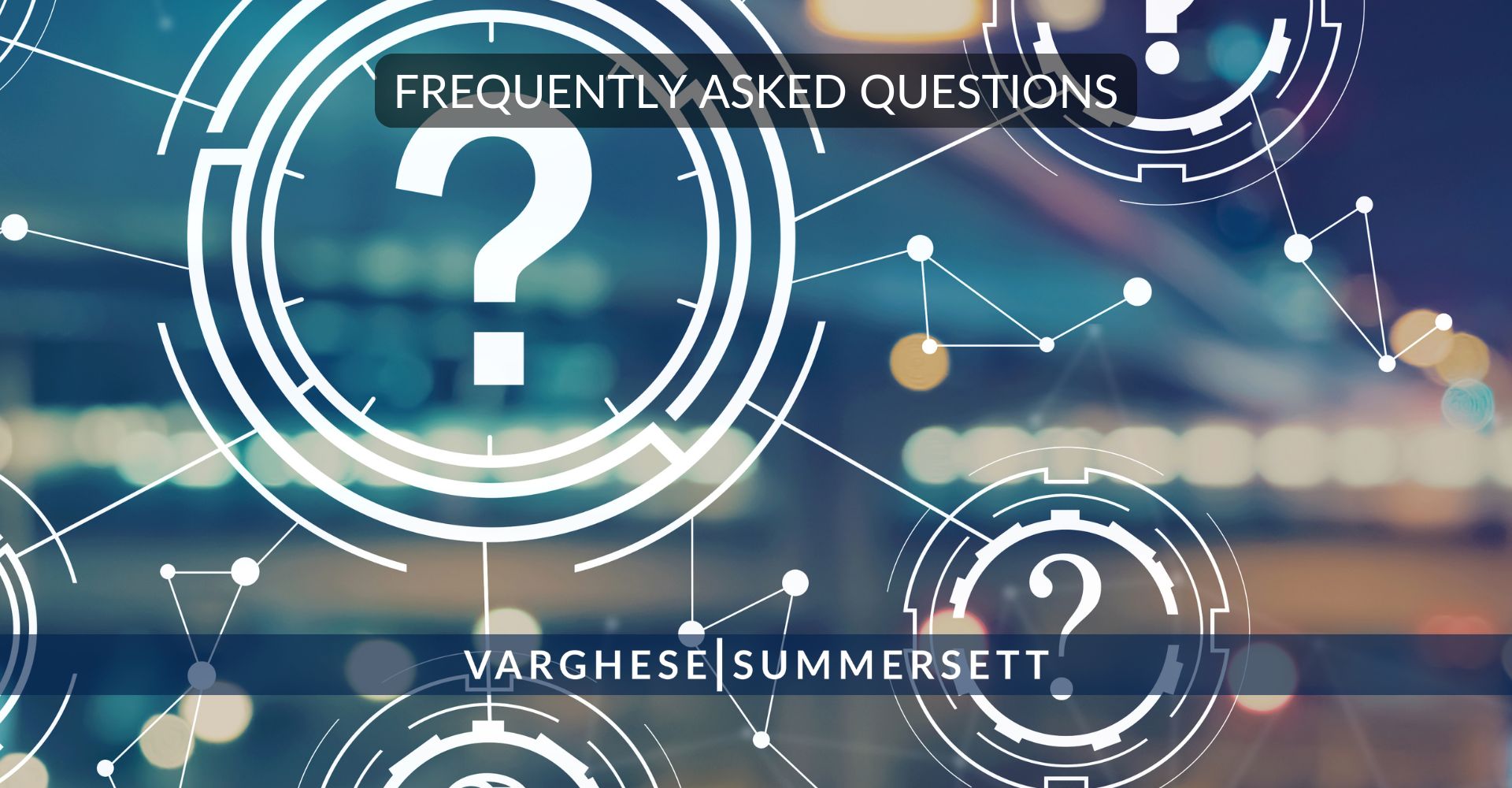
Frequently Asked Questions
Can I sue if the autonomous vehicle had a human supervisor in the car?
Yes. The presence of a human supervisor doesn’t eliminate the operating company’s liability. Texas law makes the company responsible for ensuring their autonomous systems and human supervisors work together safely. If the supervisor failed to intervene or the autonomous system didn’t alert the supervisor to danger, the company bears responsibility for these failures in their safety protocols.
How long do I have to file a claim after being hit by a driverless car?
Texas law gives you two years from the date of the accident to file a personal injury lawsuit under Texas Civil Practice and Remedies Code § 16.003. However, you should contact an attorney immediately after the crash. Waiting too long allows critical evidence to disappear and gives the company time to build defenses against your claim. Insurance claims can often be resolved without filing a lawsuit, but you need legal representation from the start to protect your rights.
What if the autonomous vehicle company claims I was at fault?
Texas follows a modified comparative negligence rule under Texas Civil Practice and Remedies Code § 33.001. You can still recover compensation even if you were partially at fault, as long as your responsibility for the crash is 50% or less. Your compensation gets reduced by your percentage of fault. If you were 20% at fault and suffered $100,000 in damages, you would recover $80,000. This is why thorough investigation of the crash is critical. The vehicle’s data logs often prove that the autonomous system, not you, caused or failed to prevent the collision.
Will my car insurance cover damages from an autonomous vehicle crash?
Your own insurance may provide initial coverage for medical expenses and property damage, but you should pursue full compensation from the autonomous vehicle company’s insurance. Your policy’s medical payments coverage and collision coverage can help with immediate expenses while your attorney builds your case against the responsible parties. Don’t let your insurance company pressure you into accepting their payment as full compensation. You likely have a much more valuable claim against the company operating the autonomous vehicle.
What compensation can I recover after a driverless car accident?
Texas law allows you to recover both economic and non-economic damages. Economic damages include all medical expenses (past and future), lost wages, reduced earning capacity, property damage, and any other financial losses caused by the crash. Non-economic damages cover pain and suffering, emotional distress, loss of enjoyment of life, permanent disability, and disfigurement. In cases involving gross negligence by the autonomous vehicle company, you may also recover exemplary (punitive) damages under Texas Civil Practice and Remedies Code § 41.003.
Get Help from an Experienced Texas Autonomous Vehicle Accident Attorney
Accidents involving driverless cars present legal challenges that most personal injury attorneys have never handled. You’re not just proving another driver was negligent. You’re taking on technology companies with unlimited resources and legal teams dedicated to protecting their corporate interests and emerging technologies.
Varghese Summersett has the resources and expertise to handle complex autonomous vehicle cases throughout Texas. Our team members include attorneys with decades of combined experience in personal injury litigation and the technical knowledge to understand how these systems fail. We’ve represented clients in Dallas, Fort Worth, Houston, and Southlake in cases involving cutting-edge technologies, and we know how to obtain the digital evidence that proves what really happened.
Don’t accept the technology company’s first settlement offer. These corporations count on injury victims not understanding their legal rights or the true value of their claims. We offer a free consultation to review your case and explain your options. If we take your case, we work on a contingency fee basis, which means you pay nothing unless we recover compensation for you.
Time is critical in autonomous vehicle cases. Digital evidence can disappear, witnesses’ memories fade, and Texas law imposes strict deadlines on filing claims. Call Varghese Summersett today at 817-203-2220 for your free consultation. Let us handle the technology company’s lawyers while you focus on recovering from your injuries.
